Can you say that life has taste just because of three ingredients: Salt, Pepper, and Sugar? Yup, it is true so many times.
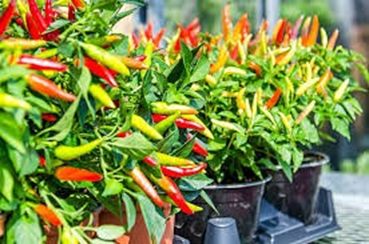
When someone says pepper, you might confuse bell pepper or chili pepper? Well, the story of peppers isn’t just limited to these two types; the variety is limitless, and the usage options are countless.
Every type of pepper is a whole new chapter in the pepper’s book that includes multiple topics, headings, and subheadings, meaning that its scientific hierarchy is complex.
Every pepper is significantly different from others, and they all are unique in taste as well!
Whereas some peppers are gentle on the taste buds, some others are a kind of mild torture. We’ll try to explain everything about peppers with some selected varieties as it’s nearly impossible to enlist all.
Let’s explore the world of peppers!
History of Pepper
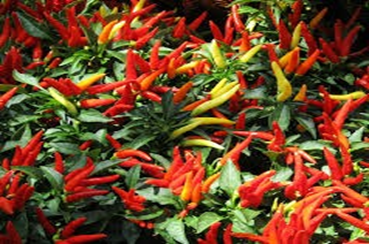
Peppers historically and natively belong to tropical America and are widely used in all types of cuisine worldwide. Generally, they are a crucial part of Equatorial America and Tropical Asia.
The traces of pepper in Peru and Mexico’s prehistoric remains, and it expected that these peppers were excessively grown in South and Central America by pre-Columbian civilizations. The history is too potent!
Nowadays, pepper is produced all over the world. However, some regions are more suitable for some types of pepper. For example, the Chili Pepper is exclusively made in Ghana throughout the year and is a leading vegetable export to the U.K., Netherlands, France, and Germany.
Some African regions are also famous for some pepper species, and so is Asia.
Types of Pepper and their Uses – Variety that amazes
Have you ever wondered how many types of pepper are there? You’ll be surprised to know the figures. Though every pepper is under the bill of fruits, either bell pepper or Jalapeno, they aren’t much like fruits.
Peppers are a fruit, but they aren’t always sweet and juicy. They are always ready to test your heat tolerance. Precisely, eating peppers is the quickest way to live on the edge!
Though pepper plants mostly thrive best in the summer under the hot sun to heat our kitchen and stomachs, in fall, and some others thrive 12-months.
According to officials, there are 500,000 species of peppers that provide the heat and taste to different cuisines. Scoville Heat Unit (SHU) is the scale used to measure the heat, like, or spiciness of pepper regarding capsaicinoid concentrations present in it.
Some widely used peppers and their SHU score are as follows:
● Bell Peppers
Bell peppers are sweet, and thus, you can even eat them raw with dips like hummus or mayo cheese. You can also cook into stir-fries in different colors, including green, red, yellow, and orange. These bell peppers can also be dried and ground to form paprika.
Scoville Heat Units (SHU): 0
● Shishito
Shishito can be roasted and blistered. It is a great appetizer when sizzled with oil or sauces. The fun part is, Shishito plays hide and seek with its eaters; one in a bunch of tame peppers is super spicy and can burn your throat.
Scoville Heat Units (SHU): 50 to 100
● Sweet Italian Pepper (Pepperoncini)
Sweet Italian pepper looks like banana peppers and even tastes like them. Due to the extreme similarities, both banana pepper and sweet Italian pepper are interchangeable. It’s also called Pepperoncinis, and the only difference is that it brings some extra tang.
Scoville Heat Units (SHU): 100 to 500
● Pimento Pepper
Pimento is also known as cherry peppers and is a crucial ingredient of pimento cheese. Pimento makes an excellent deal for cuisines that use stuffing peppers, and that’s because it isn’t fiercely spicy.
Scoville Heat Units (SHU): 100 to 500
● Piquillo
You’ll mostly see these jarred or canned peppers on the shelves of grocery stores. You can puree Piquillo to make superb sauces and stuff it to bake and savor as a hors d’oeuvre. Piquillo again isn’t too spicy and can be handled easily.
Scoville Heat Units (SHU): 500 to 1,000
● Poblano
Poblano is more famous with the name ancho chilis, which is its dried form. It features mild to medium flavor and is a little spicier than banana peppers. The best and most popular way to eat Poblano is roasting when it’s fresh.
Scoville Heat Units (SHU): 1,000 to 1,500
● Birds Eye Chili Pepper
The bird’s eye chili pepper is small and quite hot (piquant). It measures around 50,000 – 100,000 Scoville units. So, it lies somewhere in the lower half range of heat, but still, it’s comparatively hotter.
Have you ever confused, ‘Can I dry bird’s eye chili pepper?’ The answer is yes; people dry it and keep it to add flavor to their daily foods.
What is the Hottest Pepper in Ghana?
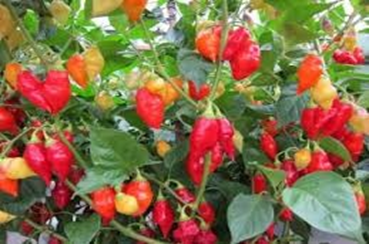
As mentioned above, hot pepper is measure by the content or concentration of Capsaicin in it. Some of the Hottest Peppers in Ghana are:
- Legon 18
- M 1.2
- Scotch bonnet
- Jalapeno
- Bird’s eye
The list can be long, but have you ever wondered about which pepper is the hottest?
Well, the Carolina Reaper was ranked as the World’s Hottest Pepper back in 2013. This Carolina Reaper got its fame as it measured 71,000 on the SHU scale in 2018, which is beyond human capabilities.
The pepper is willingly grown for heat as a result of a Ghost Pepper and Red Habanero cross.
Never taste it until and unless you want your face and throat to melt off!
If you still have queries regarding some common pepper types, the Q&A’s below might help you:
1. What is the difference between jalapeno pepper and Cayenne?
Cayenne peppers are somewhat hot peppers that mark 30,000–50,000 units on the Scoville Scale. However, if you compare them to a sweet-heart jalapeno pepper, the Cayenne is ten times hotter as Jalapeno mark around 5,000 on SHU.
2. Is habanero hotter than Jalapeno?
Um, if you compare habanero and Jalapeno, Habaneros range from 100,000 to 350,000 Scoville heat units. So, if you take another way round, the hottest habanero would be 140 times hotter and spicier than a jalapeno.
3. What kind of pepper is long and green?
The chilaca green chile is the longest and greenest pepper, which varies in its color. It ranges from a rich green to dark green and then chocolatey brown. Although Mexican use pepper in their dishes, many people also use its dried form.
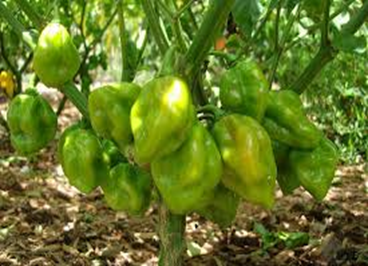
4. What are the health benefits of eating pepper?
Peppers are full of health benefits it’s packed with vitamins and minerals that are very low in calories. You can find vitamin C and potassium in abundance in peppers. Traces of iron, fiber, and folate are in these peppers. They have many antioxidant and anti-inflammatory properties.
Pepper also helps to improve cholesterol levels in the blood, and it helps in the regulation of gut health by cleansing the entire gut. Moreover, it also helps in controlling blood sugar levels. Some researchers also suggest that pepper has cancer-fighting properties and is pack with antioxidants.
5. How Long Does It Take For Bell Pepper Plants To Grow?
Growing bell peppers is one of the most fun hobbies that one can adapt. You can grow them in your garden, in a small pot, or farm if you’re growing them on a large scale. It takes a total of 12 weeks to grow bell peppers fully. One plant of bell pepper can grow as much as 40 bell peppers in a season.
6. Is Green Pepper Ripe?
Even though you may think that green pepper is ripe, green pepper is unripe, which is why it tastes a bit bitter. Nonetheless, it is a great snack to have in combination with other peppers or veggies salad.
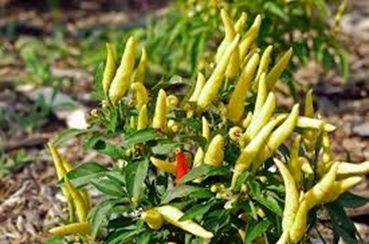
Pepper and Our Takeaway
Pepper offers numerous health benefits. It has antioxidant and anti-inflammatory properties. Moreover, it is an excellent recommendation for people who want to improve brain and gut health, cholesterol levels, and blood sugar control.
Forbes recently reported that peppers also prevent the risk of heart strokes, but you can differentiate between spice and hottest peppers by keenly reading the information provided.
Beyond this, pepper is an integral part of great dishes; many people are die-heart fans of this tiny yet magical fruit.
Now, it’s your turn to spice up your taste, either using it directly in cooking or by sprinkling it over your dishes!
Meta Title:
Pepper – Spice up your Plate, Soothe your Buds, and Boost the Health
Meta Description:
Want to know the wonders of pepper, how it spices up and lits up the taste of your food? Then hit the blog!
References:
https://www.tasteofhome.com/collection/bell-pepper-recipes/
https://www.thrillist.com/eat/nation/different-types-of-chili-peppers-explained

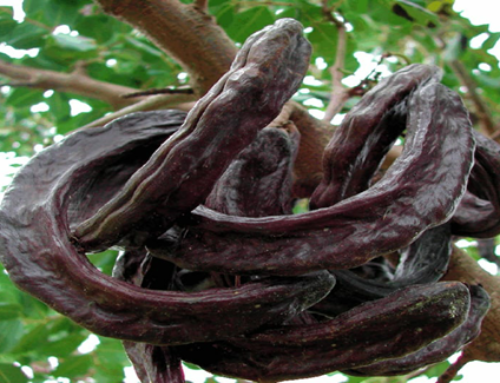
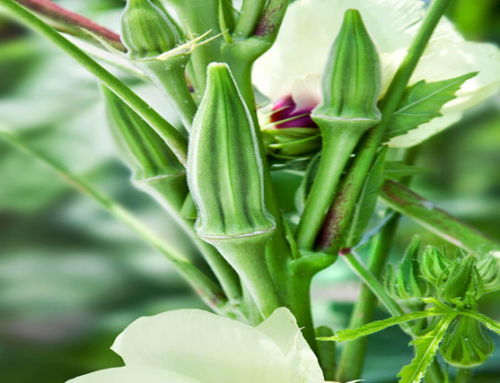
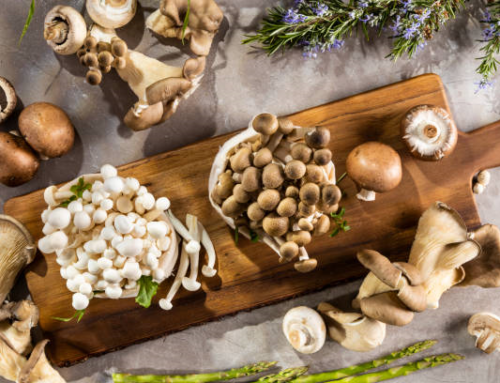
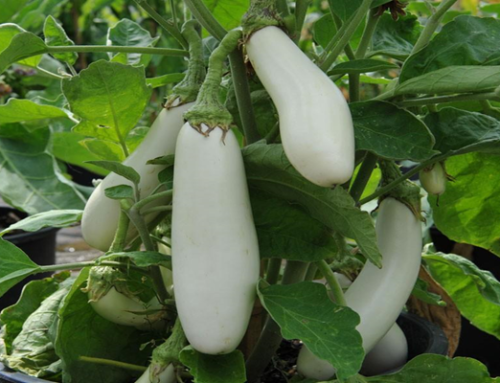
Leave A Comment